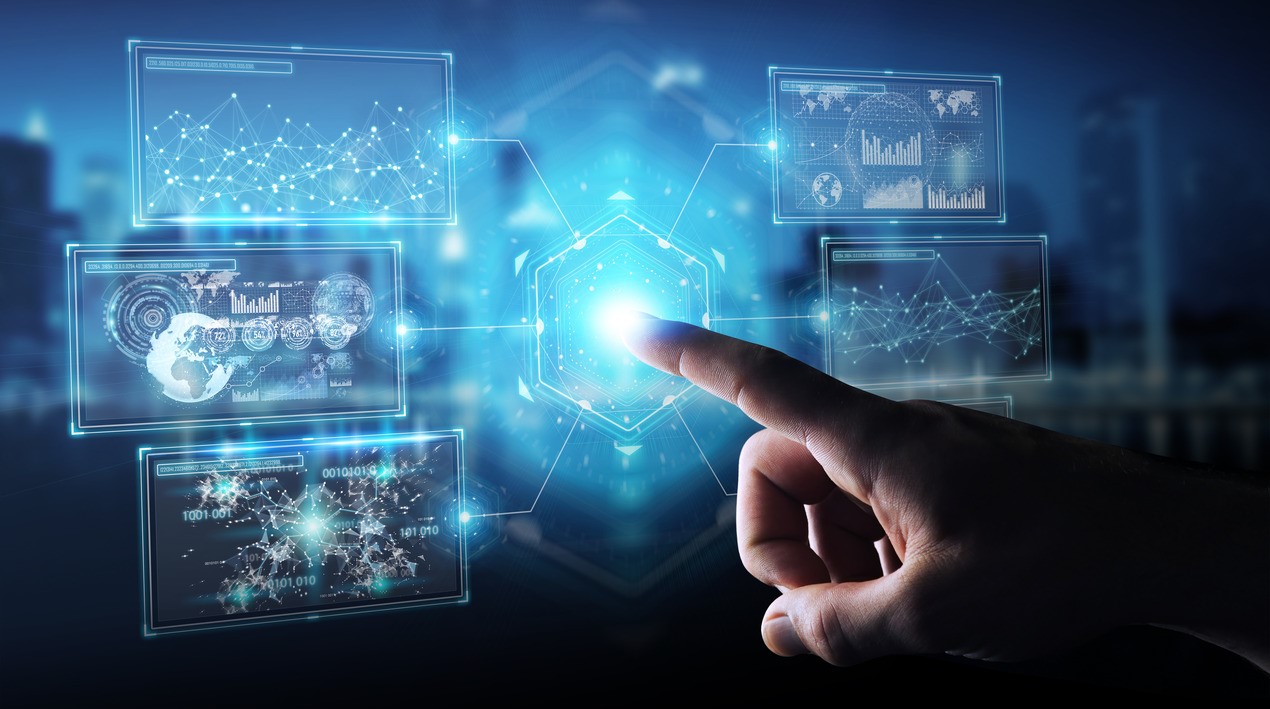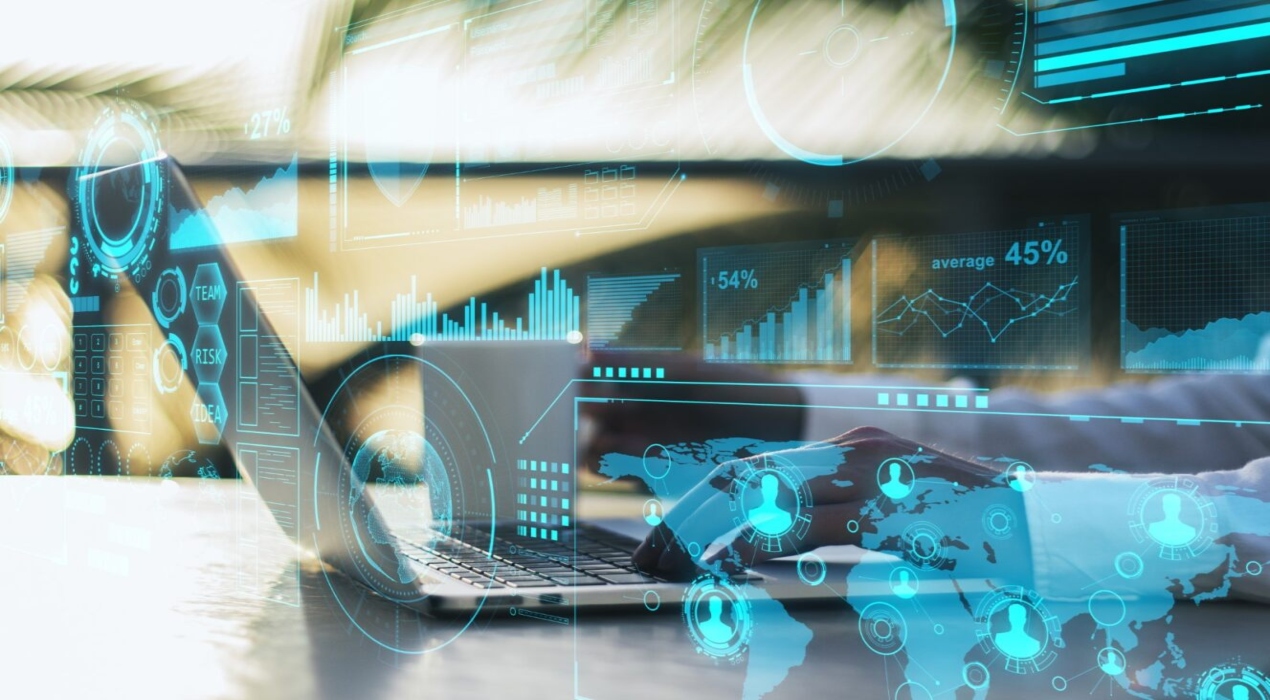
Contact Tracing efforts in Singapore seem to be paying off, as Singapore being one of the first three countries to report a confirmed case of Coronavirus, has largely managed to contain the virus more successfully than most other countries worldwide.
A huge part of this success is down to the contact tracing efforts of the Singapore Government using various methods and applications to ensure all those who may have been infected are contacted and located as soon as possible.
Contact Tracing is so important because people who have had close contact with someone who is infected with the virus are at higher risk of becoming infected and potentially infecting those they have had close contact with. Finding and monitoring these contacts after exposure to an infected person will help them to get adequate care and treatment, and aims to prevent further transmission of the virus.
The Singapore government launched an app called TraceTogether on 20 March. The TraceTogether app uses Bluetooth signals to determine if an individual is near another TraceTogether user. The Bluetooth proximity data is encrypted and stored on the users’ phone. The Ministry of Health will seek consent to upload the data if needed for contact tracing.
Since the Singapore TraceTogether launch, many other Governments throughout the world have raced to launch their own version, global associations, tech companies have also joined the race to launch a COVID-19 tracker.
But with so much focus and hype on technology being key in fighting the spread of this virus, it is worth highlighting that technology is not the only solution to ending this pandemic – it should assist and complement the efforts of the frontline workers, authorities and key workers on the ground.
Can Technology fill in the gaps in contact tracing?
The COVID-19 spread in Singapore has allowed both the government and app developers to harness technology as part of the response. Transparent, timely public information also helps allay people’s fears and anxiety.
Integrating data from the national health bodies, immigration and customs databases, generating data to trace people’s travel history and clinical symptoms, using mobile phones to track people or just keep them updated shows how technology is advantageous in efforts to control the outbreak in these unchartered times.
Ms Linda Teo, Assistant Director of the police’s Analytics Research and Technology Development said “tech tools like data visualisation and word clouds can help draw links between patients. This was how the dots were connected leading to the realisation of a cluster at The Life Church and Missions in Paya Lebar.”
Even though Tech is helping bridge the gaps in contact tracing, human understanding and experience is required to help in the fight against COVID-19.
“If you ask me whether any Bluetooth contact tracing system deployed or under development, anywhere in the world, is ready to replace manual contact tracing, I will say without qualification that the answer is, No.” said Jason Bay, Senior Director -Government Digital Services at the Government Technology Agency, Singapore in a recent report. He is also the product lead for TraceTogether, Singapore’s Bluetooth contact tracing system.
Tech Limitations Mean Human Contact tracers Cannot Be Replaced
Jason Bay, Senior Director -Government Digital Services explained that “An automated tech algorithm will necessarily generate both false negatives and false positives. A human contact tracer will similarly make mistakes. However, because a human contact tracer would seek to incorporate information beyond just physical proximity, he/she can correct for systematic biases introduced by automated notification system.”
“Encounters between individuals can be classified into close, casual and transient contacts for epidemiological purposes, based on proximity and duration of contact. However, these classifications depend on factors such as location/environment. For example, short-duration encounters in enclosed spaces without fresh ventilation often constitute close contact, even if encounter proximity and duration do not meet algorithmic thresholds.”
The Senior Director for Government Digital Services added that “Since Bluetooth-based contact tracing solutions do not, by themselves, record location/environment data, this information needs to be obtained through other means — a human-led contact tracing interview.
Apps Should Supplement Contact Tracing Efforts
“There are lives at stake. False positives and false negatives have real-life (and death) consequences. We use TraceTogether to supplement contact tracing – not replace it.” said Mr Jason Bay
A recent study carried out by Harvard University estimated that Singapore was detecting three times the number of COVID-19 cases as other countries, thanks to its epidemiological surveillance and contact tracing processes.
The goal of contact tracing is to try and keep COVID-19 from spreading. And Singapore has already realised they cannot over rely on technology as the end solution, but is using a very successful a two-pronged approach to contact tracing – manual tracing and technology-based tracing.
By continuing to focus on both the human touch as well as technological opportunities Singapore will stay a step ahead of many other countries worldwide throughout this pandemic.
















